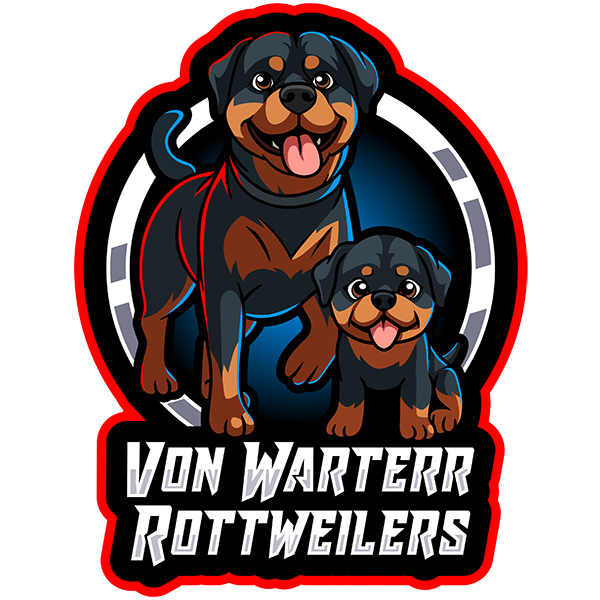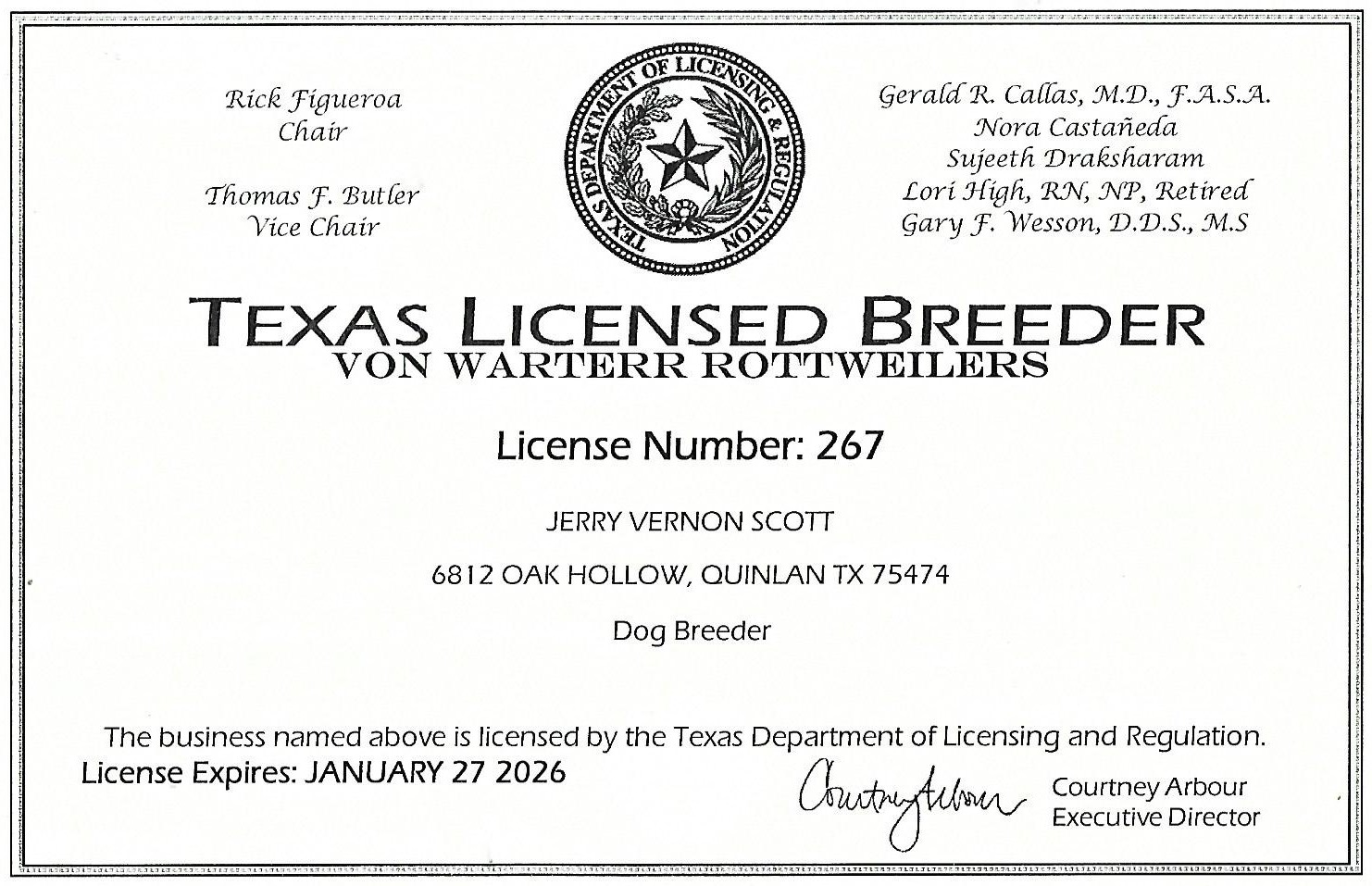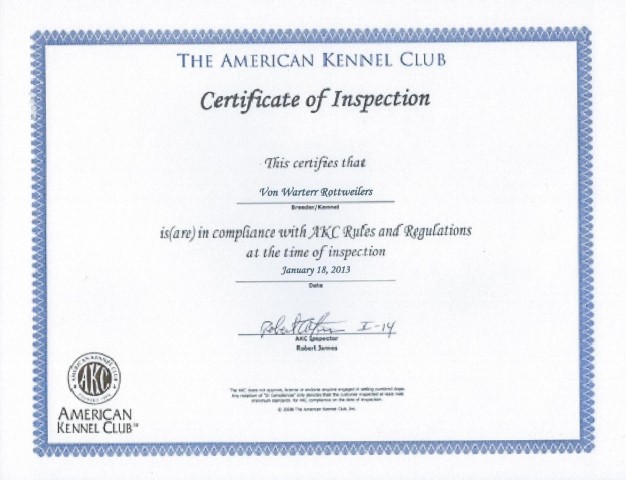Article 6 - Preparing For A Puppy: Anticipating the Arrival
Posted on April 10th, 2015
It is almost time for your new puppy to finally come to his life-long home. Undoubtedly, the whole family is very excited because you have been waiting for quite a while now. In order to make the homecoming enjoyable for both the puppy and the human members of your household, there needs to be some proper planning and preparations made in advance. Those who fail to plan, plan to fail. What should be a thrilling time for all involved can easily turn into an aggravating experience if you do not accurately assess the puppy's needs prior to arrival and prepare accordingly. Begin your preparations by making a list of necessary items and heading to the pet store for a fun shopping spree. Following is a suggested list of items that you will need to purchase:
- Stainless steel food and water bowls. Get the heavy, nonspillable, nonskid type
- High quality food (ask the breeder what is being fed to the puppy)
- Fiberglass kennel crate or metal wire cage
- Adjustable, nylon, buckle collars (your pup will outgrow a one-size collar too quickly)
- Slip collar for training purposes
- Nylon or leather leash for walking
- Retractable lead for potty time
- Identification tags with name, address, phone number and microchip identification number
- Treats for training
- High quality brush
- Nail clippers
- Large exercise pen if you do not have a fenced in yard.
- Safe chewing deterrents (avoid rawhides)
- Chew deterrent spray (Bitter Apple)
- Safe balls and toys for playtime
Another important part of preparing for your canine companion's arrival is puppy-proofing the house. The purpose of this procedure is to protect the puppy and to protect your possessions. A puppy can be very destructive until it learns the rules of the house. In the time it takes to train proper household manners, some extensive and expensive damage can be done to furniture, flooring and other family items. More importantly, if you do not take these safeguards, then you could possibly endanger the life of your puppy.
You will need to choose a designated area of the house, if your pup is to live indoors, where he will be contained until he is housebroken and trained in basic obedience. Usually, the kitchen area proves to be the best location because usually this room has hard surface floors which are easily mopped. You may need to install a puppy gate to ensure his inability to escape to other rooms in the house which are off limits at the beginning stages of his house training.
When puppy proofing the house, it is a good idea to get down on all four and crawl around the house so you can see things from a puppy's perspective. You will want to put out of reach those articles that your puppy is likely to discover and destroy. Puppies are famous for "exploring" their surroundings and seem to have a nose for those things that we consider off limits! They will put their sharp little teeth on anything and everything that they can find. They especially like the legs of furniture and low window sills. Decorative pillows and Italian made dress shoes are a favorite item of interest too. Be sure to remove any house plants that are poisonous as well as pesticides such as rat poisons. Of course, it is very important that all electrical cords are securely placed out of reach. Make sure it cannot enter any cabinets where medications are kept or where cleaning supplies are stored. Additionally, you will also want to completely puppy proof the yard that the pup will have access to at any time. Care for water hoses, harmful plants and impressions in the ground that can hold contaminated rain water. You may need to put a barrier around the a/c unit or other mechanical devices. Check carefully for any holes in the fence or low areas where a pup could escape under the fence.
Finally, you want to prepare your children for the puppy's arrival by educating them on how to handle and care for the pup properly. Children love puppies but sometimes they can injure the puppy unintentionally by being too rough or by mishandling. Using a stuffed toy dog show them how to properly pick up and hold young puppy. Explain to them that the puppy should never go outside a fenced in area unless secured on a leash. Warn them about the dangers of passing cars on the street. Not only is this educational time important for the safety of the pup but even more importantly you want to educate your children in order to protect them from potential harm to themselves by the puppy. Teach them not to pet or try to take food from the puppy when eating unless it is an adult supervised training session. Also teach them about the need to be careful about taking a toy away from a puppy and help them understand about possession aggression.
The bottom line is that the better prepared you are for the puppy's arrival the more enjoyable the experience will be for everyone involved. So just think ahead and always remember: "Safety first"!


